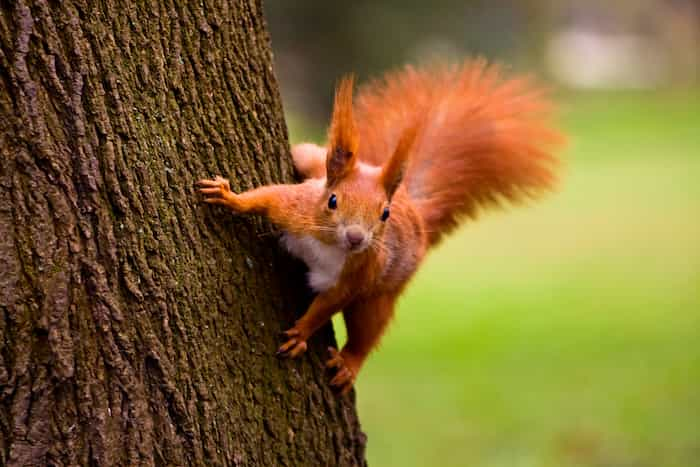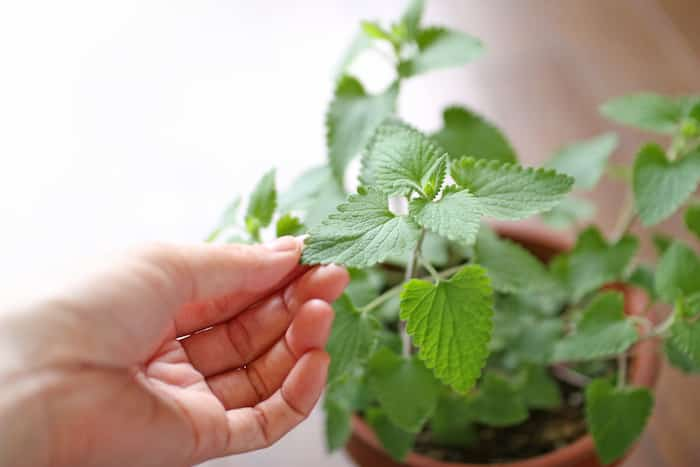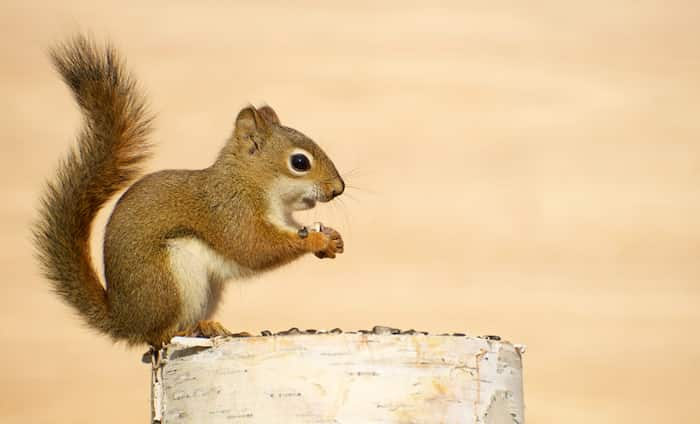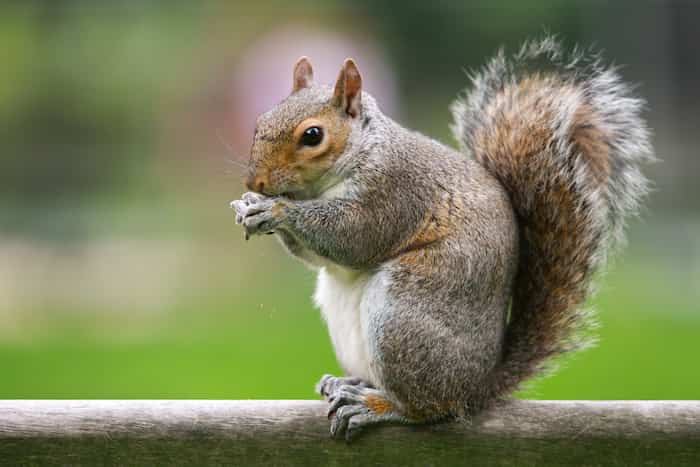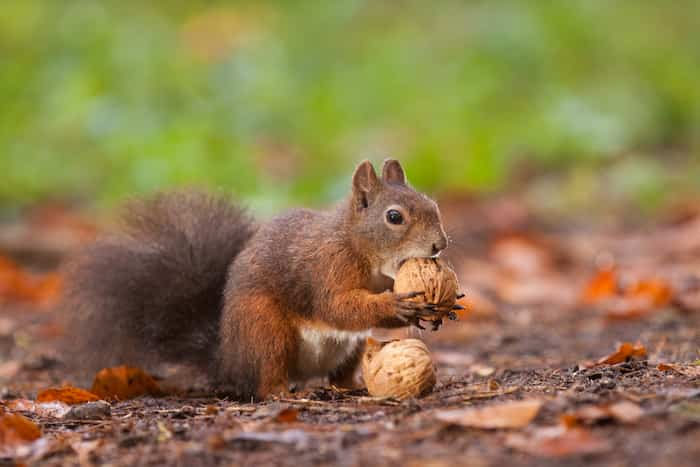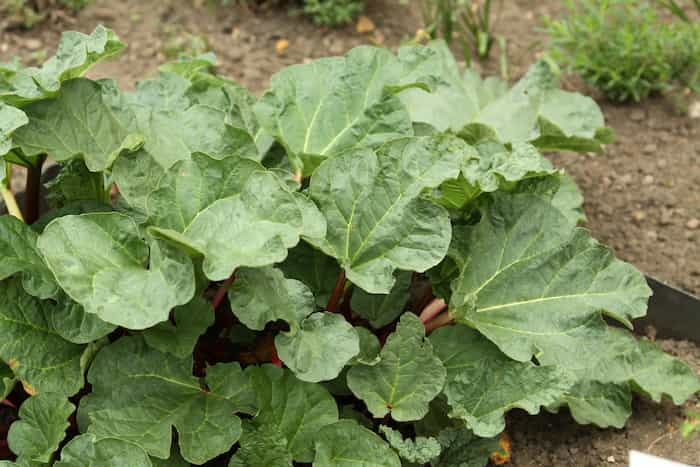Where Do Squirrels Go When Their Tree Is Cut Down?
Squirrels have more than one nest as a backup when they have babies in their nest, in case some danger pops up. So when the tree having the squirrel nest is being cut, the mother squirrel will sense the danger and will transfer her babies to the backup nest, which is probably located on another tree.
In this article, we will be covering:
- How to know if the squirrels are living in the trees you are planning to cut
- How long it generally takes for squirrels to build nests in trees
- Things to know before you even attempt to remove squirrel nests
And loads more…
Let’s take a deeper look at this topic…
How to know if squirrels are nesting in trees you are thinking of cutting?
The easiest way by which you can know whether squirrels are living in some particular trees or not is by simply observing the trees and their adjacent areas.
You don’t need to observe the trees for the whole day, from time to time you can just ponder over them through the window and if squirrels indeed live in those trees, you will end up seeing some activity on the branches or at the base regions of the trees.
The squirrels are creatures of tremendous activity so in case they are nesting on the trees, you are bound to notice them moving swiftly along the branches of trees and in the base area around the trees.
The only other option is to contact the tree-cutting agency and they can find out while cutting the trees whether squirrel nests are present or not and if they are present whether they have baby squirrels in them or not.
How long does it take for a squirrel to build a nest?
It takes an adult squirrel less than 24 hours to make a new nest. Apart from their main nest, they generally have another one or two nests set up in different locations as backup nests. They do this in the breeding season when they have babies to have that extra layer of safety.
The time it takes for a squirrel to make a nest can depend a lot on its age and experience.
Should I remove a squirrel nest from a tree?
Before even thinking of removing the nests first you need to get acquainted with the local laws on removing wildlife nests. In certain places (for example, in most states of the US), cutting down a tree with a squirrel nest, especially with babies in them, is not legal.
This also applies to not only cutting the trees but to removing or disturbing the nests as well.
You shouldn’t think of removing squirrel nests from trees unless they are harming you in any way.
This is because the nests can contain baby squirrels in them who are very much vulnerable to the outside threat in the first one to two months of their lives as they still cannot see and move during those initial few weeks of their life.
Hence disturbing the nests during these sensitive periods can end up harming their lives.
If they are being a nuisance to your household in any way, It’s best to contact the local tree servicing company, they will assess the situation and do whatever needs to be done without causing any direct harm to the squirrels.
- In most places, apart from providing tree-cutting services, these companies also provide nest-removing services for a certain fee.
- Never try to remove the nests on your own as it’s always best to contact and seek advice from these tree servicing companies and to just let them do their job.
- They are much more experienced in this matter and will first determine if the babies are present in the nest or not and then will remove the nests as humanely as possible
When do squirrels have babies?
What is the best time of year to remove squirrels?
The best time of the year to remove squirrel nests is in between the breeding periods i.e., during the period of late fall-winter months and in the late Spring-early Summer months.
The babies they had during the late summer and early spring are already grown up and so the chances of damaging newborn babies while removing the nests are low.
As discussed earlier,
- Squirrels usually give birth twice a year, once in late spring and once in late summer.
- It takes about 10 to 12 weeks for the baby squirrels to grow up and to be self-dependent.
- So, even the baby squirrels born in the late summer, say in July and August will be adult enough by the time November comes.
You can technically also have a nest removal window (provided you don’t have local laws against doing such activity) in late May and June as the babies born in March and April will be sufficiently old by then however it’s just a narrow window and babies even if they are (8 to 12) weeks old, they can still prevail in the nests.
But many argue that this is the best period to remove their nests as the weather is still pretty warm. If you remove the nest during winter they can suddenly find themselves in a bit of trouble as they are known to collect resources and set up food reserves for the colder winter months.
They only leave the nests after they are 12 to 14 weeks old. And right after June, they will enter into their second breeding season, making the gap between the two mating periods quite low.
So the window between the late fall and early spring gives you the most opportune moment to remove the nests.
- The squirrels generally won’t start giving birth until late February. Hence you can take advantage of this window to remove their nests by ensuring that you are causing them the least damage.
- If you don’t wanna oust them in the very cold weather months as that can put them in a difficult situation, you can go ahead with the removal in the late October and November months which will give them sufficient time to build other nests and to store food before the weather gets really cold.
Conclusion
When the trees in which the squirrels are residing get cut then they generally move over to other nearby trees where they had previously set up backup nests beforehand.
These backup locations are not only located to nearby trees but to other building structures, burrows, dens, or whatever area where they feel safe.
However in case they have babies with them, the nest shifting can be problematic for them, especially in the winter months where they like to store loads of food resources in their nests. So losing their nest suddenly can impact their food reserve.
If you have any further comments let me know in the comments below!

